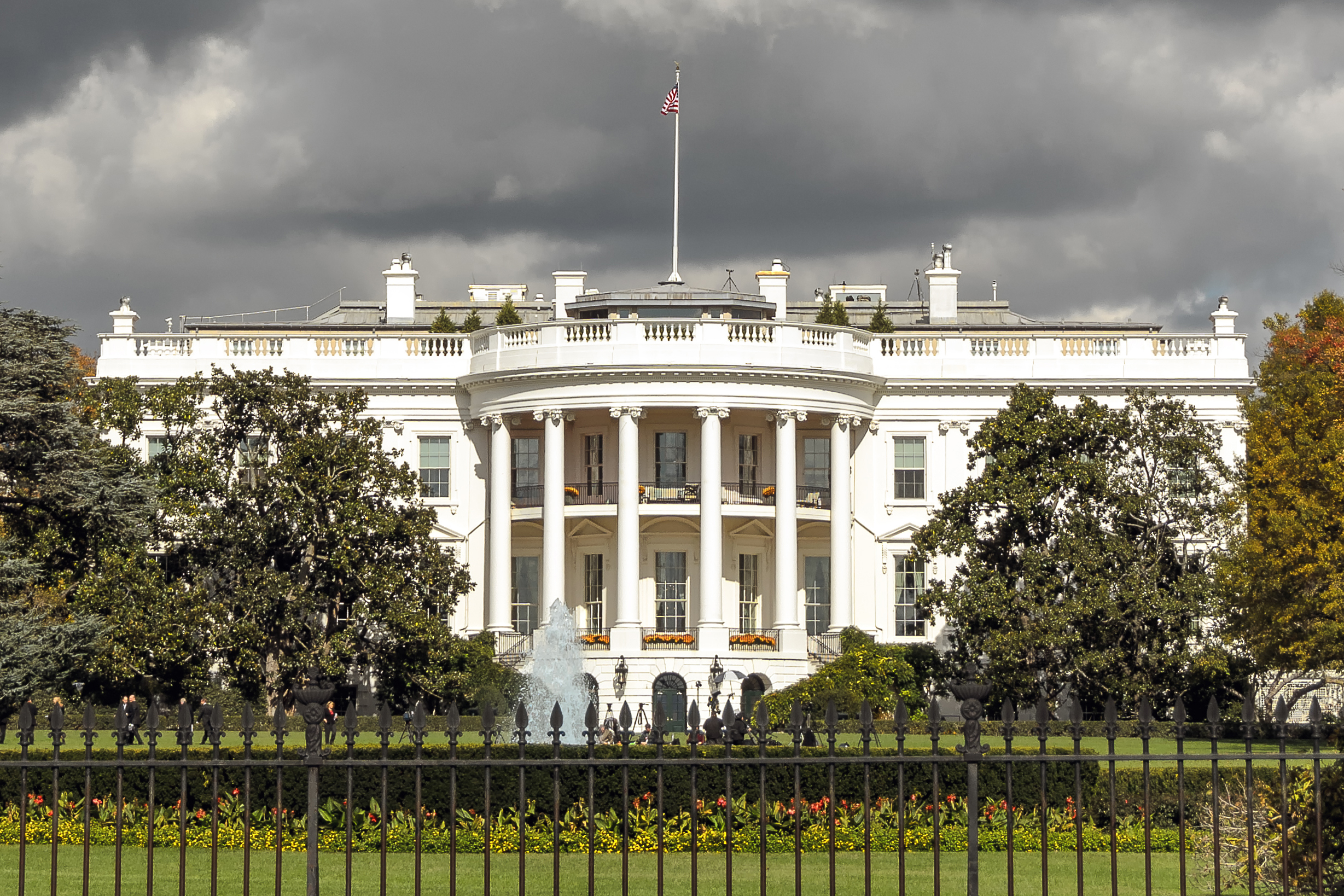For Trump And The GOP: Warning Signs in the Middle Suburbs
Donald Trump’s road to the White House was complicated, but it went directly through the Middle Suburbs, a collection of blue-collar suburban counties heavily based in the Industrial Midwest. Now a combination of polling data and election results suggests those communities have lost their enthusiasm for President Trump and Republicans.
Much of Democrat Conor Lamb’s narrow win in Pennsylvania’s 18th congressional district can be attributed to better-than-expected performed in the district’s Middle Suburb counties – Washington and Westmoreland. And February poll data from Gallup show that President Donald Trump is 10 points underwater in the Middle Suburbs overall. Trump won those counties by 13 points in 2016.
The Middle Suburbs were instrumental to Trump’s flipping the 2012 presidential vote in states such as Pennsylvania, Michigan, Wisconsin and Iowa, and the drop in support in those counties could mean trouble in those states for the GOP in 2018.
In Pennsylvania 18, the Middle Suburb of Washington County is especially noteworthy. Nearly all of the county falls within the district’s boundaries and Republican Rick Saccone, who ran as a close Trump ally, greatly underperformed Trump’s 2016 margins in it.
To be clear, Saccone did win Washington, but only by 7 points, 53% to 46%. Trump won it in a landslide, 60% to 35% – 25 points. Furthermore, Saccone’s margin in Washington was also only half Mitt Romney’s 56% – 42% win in 2012 – 14 points.
Those numbers on their own should be of concern to Trump and Republicans. Elections are all about margins – running them up where you can and keeping your opponent from running them up elsewhere. But the results of Pennsylvania 18 are compounded by broader measures of public opinion in the American Communities Project’s Middle Suburb counties.
February data from Gallup that show only 43% of the adults who live in the Middle Suburbs approve of President Trump’s job performance, while 53% disapprove – a 10-point net negative figure. Those results were down from January, when 45% approved of the president’s job performance and 51% disapproved.
When you look at where Middle Suburbs counties are located in the Industrial Midwest you can see their importance.
Trump ultimately won the presidency by capturing Pennsylvania, Michigan and Wisconsin. – three states Barack Obama won in 2012. He won those states by a total of about 78,000 votes.
The 27 Middle Suburb counties in those three states produced 198,000 more votes for Trump than they produced for Romney in 2012 and Trump’s margins in those Middle Suburb counties exceeded his overall margin in every state. So, in a very real sense, the Middle Suburbs won the 2016 election for Trump.
The counties – such as Macomb County in Michigan, Northampton in Pennsylvania and Racine in Wisconsin – are crucial to him and to the GOP as it currently is constructed, with a heavy reliance on older, white, middle-income voters.
So if there’s a change of heart in these communities, what’s driving it? Part of the answer may be their notoriously fickle nature. Obama won them by three points in 2008. Then they swung back to Romney by two points in 2012 before falling hard for Trump in 2016.
The Middle Suburbs are perpetually in search of change. They have been among the hardest hit places in the nation’s deindustrialization and they aren’t particularly well equipped for the modern economy.
Adjusted for inflation, the Middle Suburbs’ average median household income took the steepest drop of any of the community types in the ACP – falling more than $4,500 between 2000 and 2012. And they tend to have fewer college degrees than other big suburban areas. They run about six points below the national average.
Voters in the Middle Suburbs have been promised changes for decades by Democrats and Republicans, particularly promises to bring back the days of bountiful manufacturing jobs. But they have been disappointed in large part because what these communities desire probably isn’t possible.
Some of the manufacturing jobs that provided good wages in these communities have been lost to trade, but studies show automation has played the bigger role. And even though manufacturing jobs are up since Trump took office by about 245,000, that number is down by more than 4.6 million since 2000. That’s a high mountain to climb.
In short, a candidate and/or a political party wins the Middle Suburbs by promising change. That’s the easy part. Bringing the change to the voters is harder. They are impatient and have a history of being let down. That may be the hurdle Republicans are starting to encounter in these counties in the Industrial Midwest.

